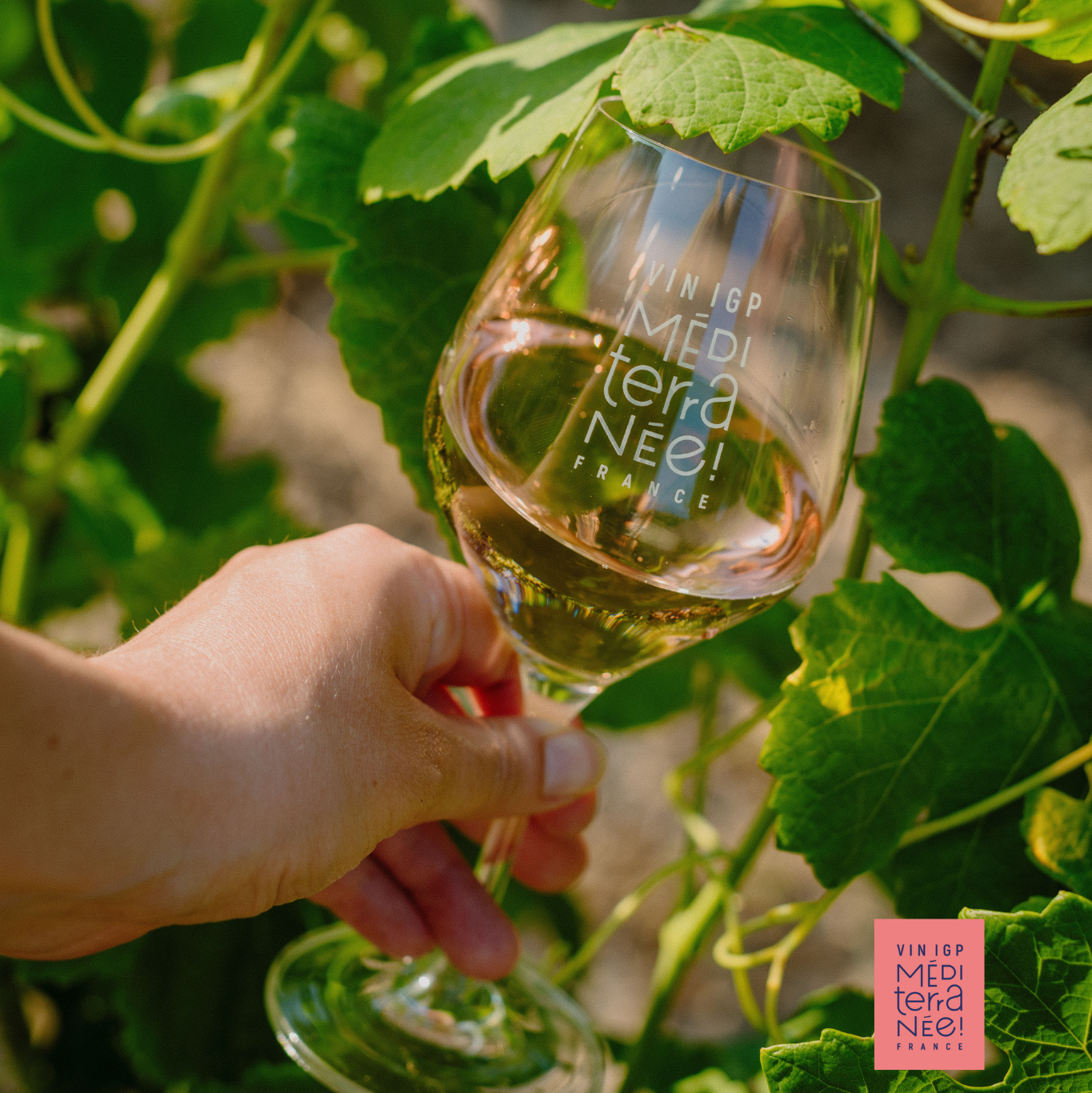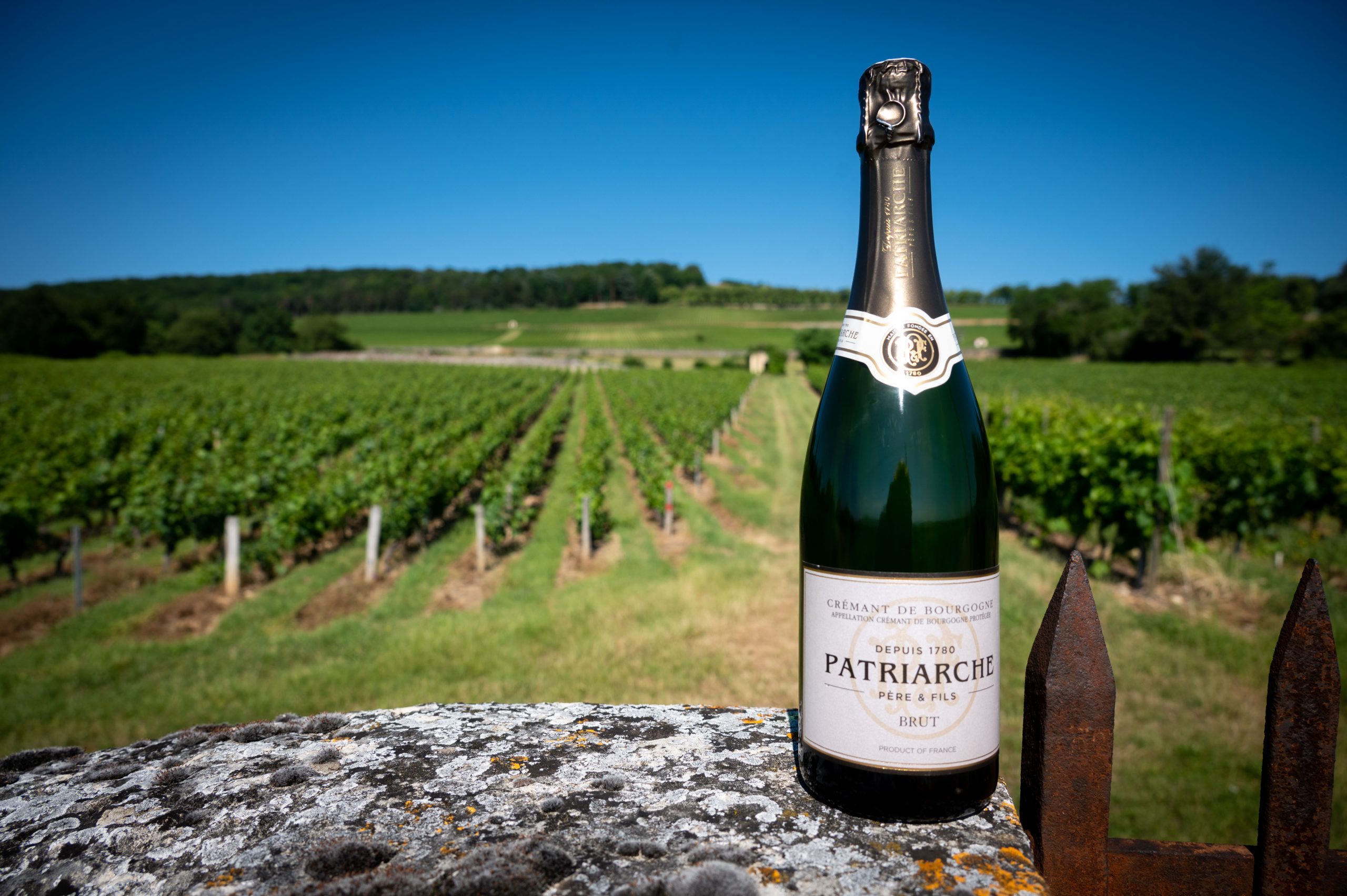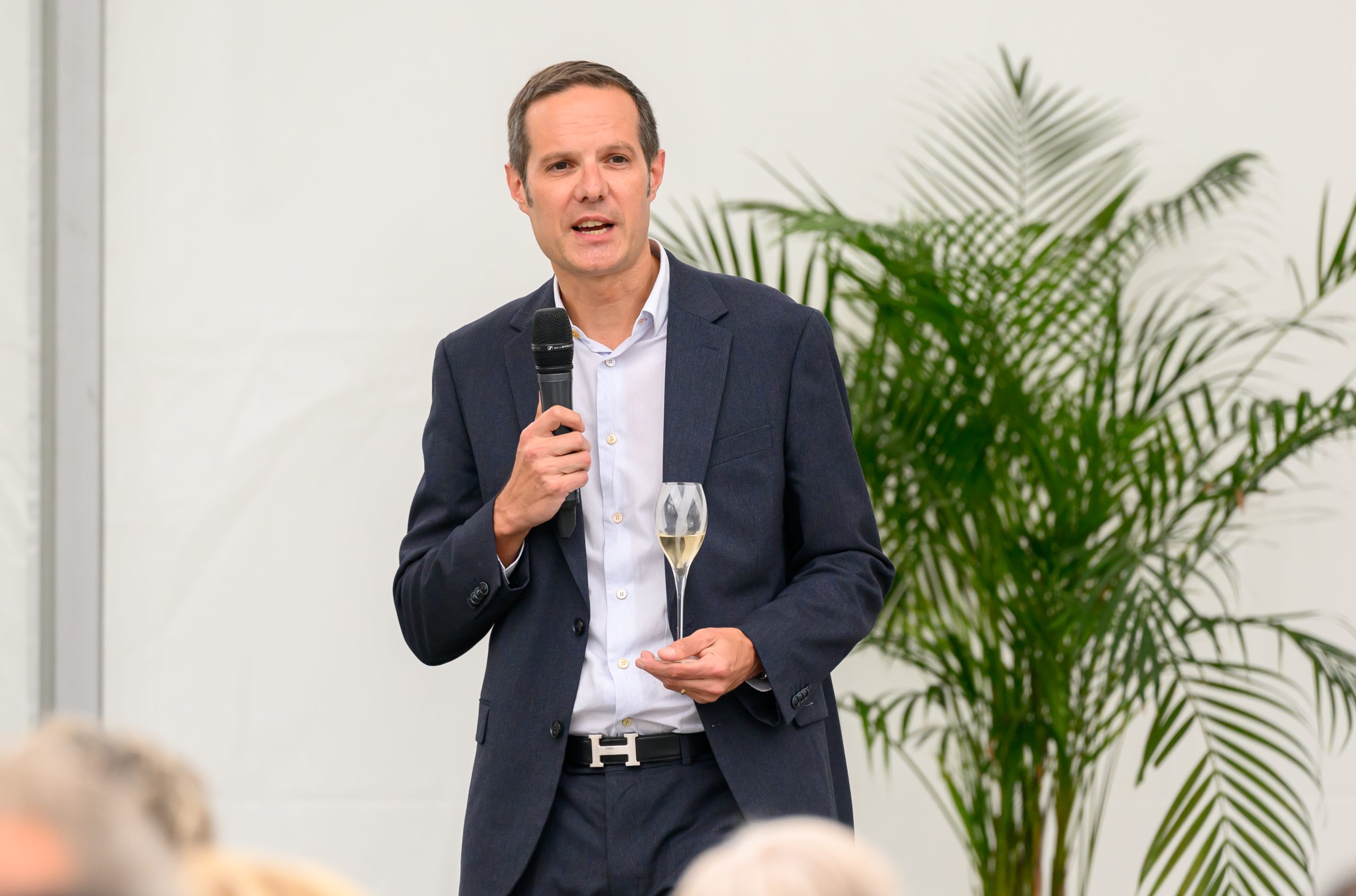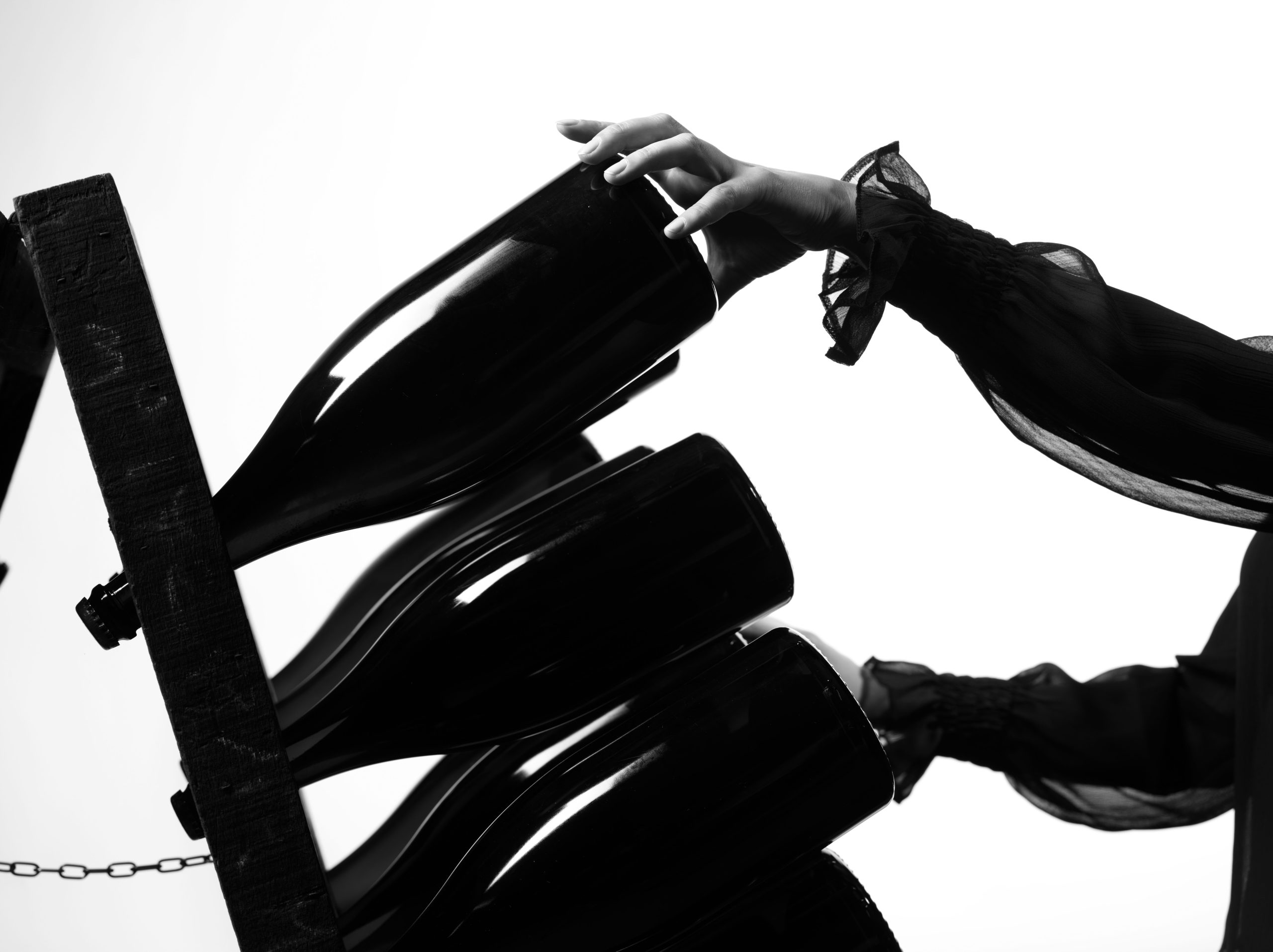Could the Hospices de Beaune auction have competition?
Burgundy’s Hospices de Beaune may have competition in the form of organic fine wine sale Grandi Vini Della Contea Per La Pace, held in the North Adriatic.
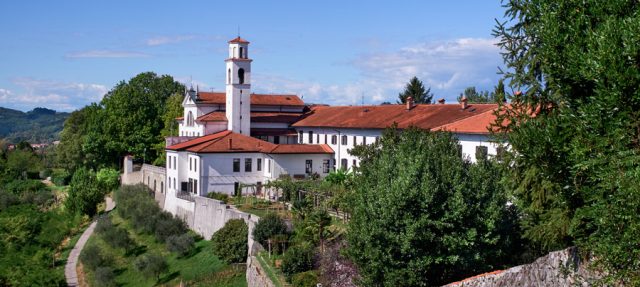
Founded in 2021, the Grandi Vini Della Contea Per La Pace Auction (Grand Wine of Contea for Peace Auction) gavels each year in the last week of October at the Monastery of Castagnavizza/Kostanjevica, located in the Italian-Slovenian regions of Collio-Brda.
The brainchild of Burgundian vicomte Charles-Louis de Noüe of Domaine Leflaive, nephew to Anne Claude Leflaive, it beats Burgundy’s premier organic fine wine offerings by four years.
Noble heritage
Drawn to the region by its Burgundy-like ‘ponca’ marl-limestone soils, de Noüe established Domaine Vicomte de Noüe-Marinič with rockstar local Alis Marinič of Goriska Brda in 2019.
The Contea auction echoes de Noüe’s noble Burgundian heritage, without overshadowing it. Strategically, the late October auction follows early-mid October harvest and Italian wine award announcements, but precedes Hospices de Beaune in November.
Furthermore, Contea auction producers must pledge membership to the Association of the Knights of the Cru Classification of the Empress Maria Theresa. The fraternity, fashioned after Burgundy’s La Confrérie des Chevaliers du Tastevin, draws its name from Empress-Queen Maria Theresa of Austria, former ruler of the Austrian-Hungarian empire.
In 1787, the Empress issued a cru classification of wines grown within the county, or ‘Contea’, of Gorizia-Gradisca d’Isonzo. The detailed decree, written in Italian, ranked nearly 200 villages into nine tiers, based upon their “goodness.” It also predates Bordeaux’s famous 1855 classification.
Forgotten over time, a modern historian later discovered the edict at Villa Russiz, ancestral estate of Count Theodor de la Tour en Voivrè and Elvina Ritter de Zahony de Gorizia. The French viticulturist married the Friulian noblewoman in 1868, bringing with him French varieties like Chardonnay, Pinot Noir, and Merlot.
Elevating terroir
Ultimately, de Noüe views the wine auction as a way to revive the cru classification, while elevating the region’s fine wine reputation.
“The whole classification of Maria Theresa is by village,” says de Noüe. Unfortunately, prior to the auction, winemakers typically mixed crus together into a sort of village cuvée, thereby diluting the terroir’s exceptionalism.
“You lost the typicity of the first cru, for maybe mixing with a second cru, or a third cru with the first cru,” explains de Noüe. “So the quality was never at the top, because the cru classification of Maria Theresa is based on geology.”
Consequently, strict auction entry guidelines require that all wines must derive from crus listed in Empress Maria Theresa’s original classification.
Moreover, producers must submit a single barrel cru produced from an approved 100% single variety. Approved whites comprise Chardonnay, Ribolla Gialla, Friulano-Jakot (also called Sauvignon Vert), or Malavsia d’Istria. Allowed reds include Pinot noir, Refosco, and Merlot.
In the vineyard, winemakers may follow only organic and biodynamic methods that “respect the land.” Yields may not exceed 60 hl/ha (1585 gal/ac), focusing on quality, not quantity. Ageing requires 12 months in barrel, and six months in vat.
Partner Content
“For this year’s auction, we offered our Sauvignon Vert Opoka Ronc Zegla Cru, crafted from grapes grown in our 95-year-old vineyard on the Italian side of Brda in Collio,” says Marjan Simčič of Marjan Simčič Domaine in Goriška Brda. “This vineyard’s traditional location embodies the unique terroir of Brda, while its history speaks to a once-divided region that is now reconnecting.”
Brisk Bidding
Winemakers may submit one 300-bottle barrel. Winning bidders receive 300 numbered Burgundy bottles. Bottle front labels bears the Italian name of the Cru parcel of origin; the back label carries the buyer’s name.
In 2024, the ingenious auctioneers mixed things up a bit. “We asked the buyers of the 17 barriques if they’d agree to place 12 bottles of their 300 bottle, and keep 288 bottles,” says de Noüe, “allowing another person in the auction to purchase 12 bottles from that lot.”
Bidding proved brisk. All told, the black-tie gala dinner and auction, which attracted over 300 global collectors, raised 95,000 €. Sales benefit restoration of earthquake-damaged chapel frescoes at Collio’s Monastery of Castagnavizza/Kostanjevica.
“Since the first auction, we’ve noticed a positive trend in wine prices, which reflects the growing appreciation for quality wines with a rich heritage,” notes Simčič. “Each year, interest grows, especially in wines from exceptional terroirs, which helps increase demand and value for Brda wines.”
Wines without borders
As the auction title infers, wine also serves as a symbol of peace in a region riven by wars.
Arbitrary boundaries established in 1947 divided Gorizia between Italy and Yugoslavia. Gorizia fell to free-market Italy; the Slavic, socialist side built ’new Gorizia,’ or Nova Gorizia.
Despite the 1990’s Soviet collapse, and subsequent establishment of Slovenia and Croatia, relationships remain tricky in this cultural triangle.
“With the two world wars, the situation between families was not easy, and each producer from the Knights never really knew each other until we had a lunch together to exchange wine,” says de Noüe. “The fact that we are a club, a group – that was the first objective. People from Brda started to know the Italian [Collio] side, and the Italian side to know the Slovenian side better – all the different parts.”
Furthering the spirit of cooperation, the 2025 Grandi Vini Della Contea Per La Pace Auction plans events that dovetail with the 50th annual “European Capital of Culture” celebration, co-hosted by Gorizia and Nova Gorizia.
Since 1985, a different designated capital promotes cultural events touting “European values” throughout the year. Importantly, the 2025 Gorizia-Nova Gorizia cross-border collaboration marks the first time two cities in two countries serve as the “European Capital of Culture.”
In a region – and world – racked by turmoil, Grandi Vini Della Contea Per La Pace Auction offers peace a chance.
“Participating in the Grandi Vini della Contea per la Pace auction is very special to us,” concludes Simčič. “Our family has dedicated six generations to preserving the integrity, quality, and traditions of our estate, often through challenging times. This auction feels like a wonderful way to bring those efforts to a global stage, while also aligning with our mission to bring people together through wine—bridging cultures, borders, and histories.”
Related news
Castel Group leadership coup escalates
For the twelfth day of Christmas...
Zuccardi Valle de Uco: textured, unique and revolutionary wines

